Emerging themes, embracing shadows
I don’t know if it’s just the time of year but I’ve been spending time considering the direction of my practice and how my concerns have both evolved and clarified into some conceptual ideas that will impact on my ways of working.
It has been a challenging few months since my new artist website was launched and that has meant that my practice has taken a bit of a step back, however it has also allowed me the space to consider what it is I want to achieve through what I make.
When I look back at my earliest work, the From Nature series (see materials archive for more information), I realise how much my understanding and practice has developed. I am no longer beholden to a need to control and remain constrained within a clear set of rules. As I have evolved, I’ve realised that there is a sense of duality in everything I do and this is most apparent in how I now work, imposing some rules so that I am able to allow chaos and chance to take over.
This is most apparent in my Petri Latex series where the scientific origin of the petri dishes creates an edge within which I work. There is a safety and comfort in working with the edge and allowing it to influence the alchemy that takes place in the dish itself. While this is I feel a good place for me to work, I’m starting to wonder whether the way I have presented the dishes is perhaps adding a new constraint that I need to question. By displaying sets of dishes within an balanced and structured lightbox I create an order that could also potentially be considered to be quite clinical and rigid.
I’ve been reading “In Praise of Shadows”, an essay by Junichiro Tanizaki, a Japanese novelist. The essay is:
“…a classic description of the collision between the shadows of traditional Japanese interiors and the dazzling light of the modern age.”1
A large portion of the essay is given over to ideas of shadows and how light impacts on our perceptions of space and objects. The argument being that traditional Japanese lighting and architecture enables the shadows to be part of the space whereas in Western culture we seem to be obsessed with removing shadow from every corner. By working with shadow, we are able to allow more depth and texture to be visible and to change the perception of an object or setting.
This has me wondering about how I could transform the petri latex dishes beyond being something chaotic within a set form. Whether by presenting in a more organic form and by making full use of variable light sources and different construction methods and textures they could be made into something less scientific and more ethereal. This fits well with my ideas of themes that are emerging within my thinking, one of which comes from a quote by Carl Jung, “In all chaos there is a cosmos, in all disorder a secret order”. The sense that nothing is as it seems and that the invisible is in some ways more crucial.
References
1. Tanizaki, J. In Praise of Shadows. London, Vintage Random House, 2001. Back Cover. Originally written in 1933.
Image: In Praise of Shadows. EUNIC London. http://europe.org.uk/project/in-praise-of-shadows/


